Irrigation Boxes
April 28, 2023
Irrigation Boxes
TRANSCRIPT
Hi everyone! I hope everyone is doing well and staying busy in this amazing industry!
My last vlog I spoke about the importance of irrigation within your turf installations and when ignored it can destroy your project. Well, today, I am going to speak about “irrigation boxes.”
When irrigation boxes are not installed properly in and around synthetic turf, they too can ruin your beautiful install.
Irrigation and utility boxes may not be a big deal, but preparing the areas around them is.
Today I want to help you understand the importance of stability when it comes to utility and irrigation boxes in synthetic turf.
Through the years, I have noticed synthetic turf installations having depressed areas around utility and irrigation boxes. Turf installers have been ignoring how crucial sub-base preparation is to prevent settlement.
Settlement in synthetic turf occurs due to improper materials, poor compaction, bad repairs and/or irrigation problems.
Materials & Compaction
The images being shown are installations that exemplify poor compaction around the utility and irrigation boxes.
This has now left depressions in the surface. These depressions will no doubt cause trip hazards and may cause injury.
Below are types of materials that I DO NOT recommend using underneath synthetic turf, especially around utility and irrigation boxes. These materials will not retain cohesion or bond and cause the sub-base around the box to settle and may cause a trip hazard and/or injury.
- Beach Sand
- Topsoil
- Silt
- Loam
- Clay
Below are types of materials that I recommend for placing underneath synthetic turf and around utility and irrigation boxes.
- Aggregate (rockbound)
- Crushed / Decomposed Granite
- Limestone Chat
- type II/ Road base
- 3/8” minus mixture
I recommend aggregates that are high quality. When placed in smaller lifts and compacted properly, these materials will retain density, allow permeability, and withstand excessive water penetration.
Drainage Rock
Drainage rock when placed correctly will give stability to the utility/irrigation box. When placed underneath, inside and around the box this will allow excessive water to penetrate, drain and prevent settling of the synthetic turf. If the irrigation valves, connectors or pipes becomes damaged and starts to leak, the drainage rock will keep the area stable for years to come.
Many hardware stores sell all types of rock in small bags. This makes it convenient since you will only need a couple of bags for its completion.
Exit drains, french drains and catch basins must have stable compaction surrounding its inlets.
Excessive water run-off that flood near drain exits will cause failure in the subgrade and will prevent the drain from being serviceable.
ASK JW RECOMMENDATIONS
If the box is used to contain electrical or anything mechanical, turn off or shut down to prevent any bodily harm.
- Prior to placing the utility/irrigation box, place approximately 3-6 inches of 3/4” drainage rock under the irrigation valves.
- You may have to excavate and remove soils by hand if the valves are existing. This will give the box stability from future settling due to the water intrusion.
- Excavate and set the utility/irrigation box to the proper elevation.
- Again, place 3/4” drainage rock around the outside perimeter of the utility box and fill to 85% of its height. When completed, the level of gravel should be approximately 1-2 inches below the top of the box.
- Compact with a hand tamper or head of a sledgehammer until the rock has been compacted, preventing any voids. This will give the area around the box stability in case heavy rainfall, flooding, any leaks that may occur.
I recommend using a long-handled sledgehammer vertically for compacting small trenches and around utility/irrigation boxes. Be careful not to damage the underlying pipes. When the grading around the box is complete, secure the turf as you would normally do and remember always do a water test prior to installing turf.
Until next time, JW Out!







